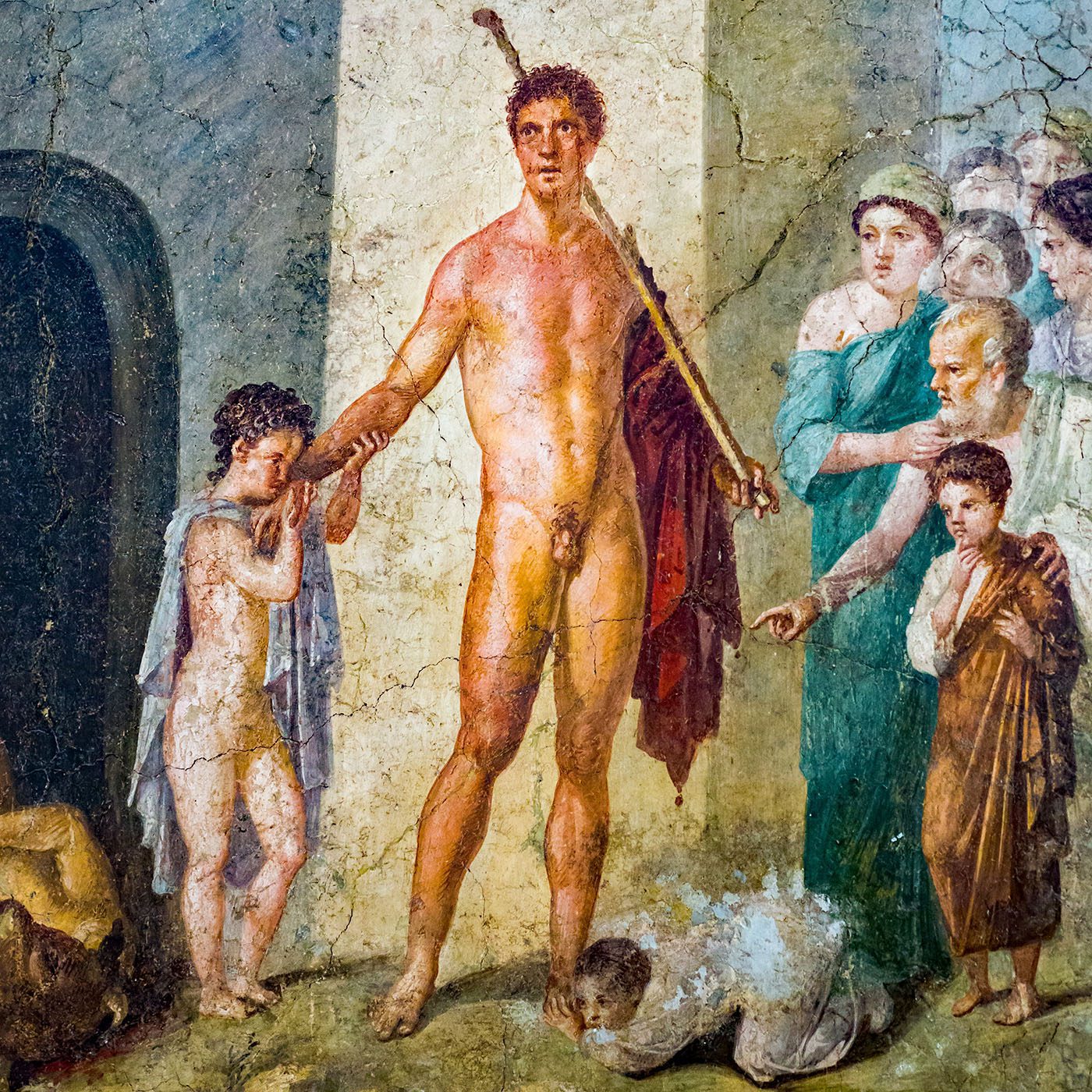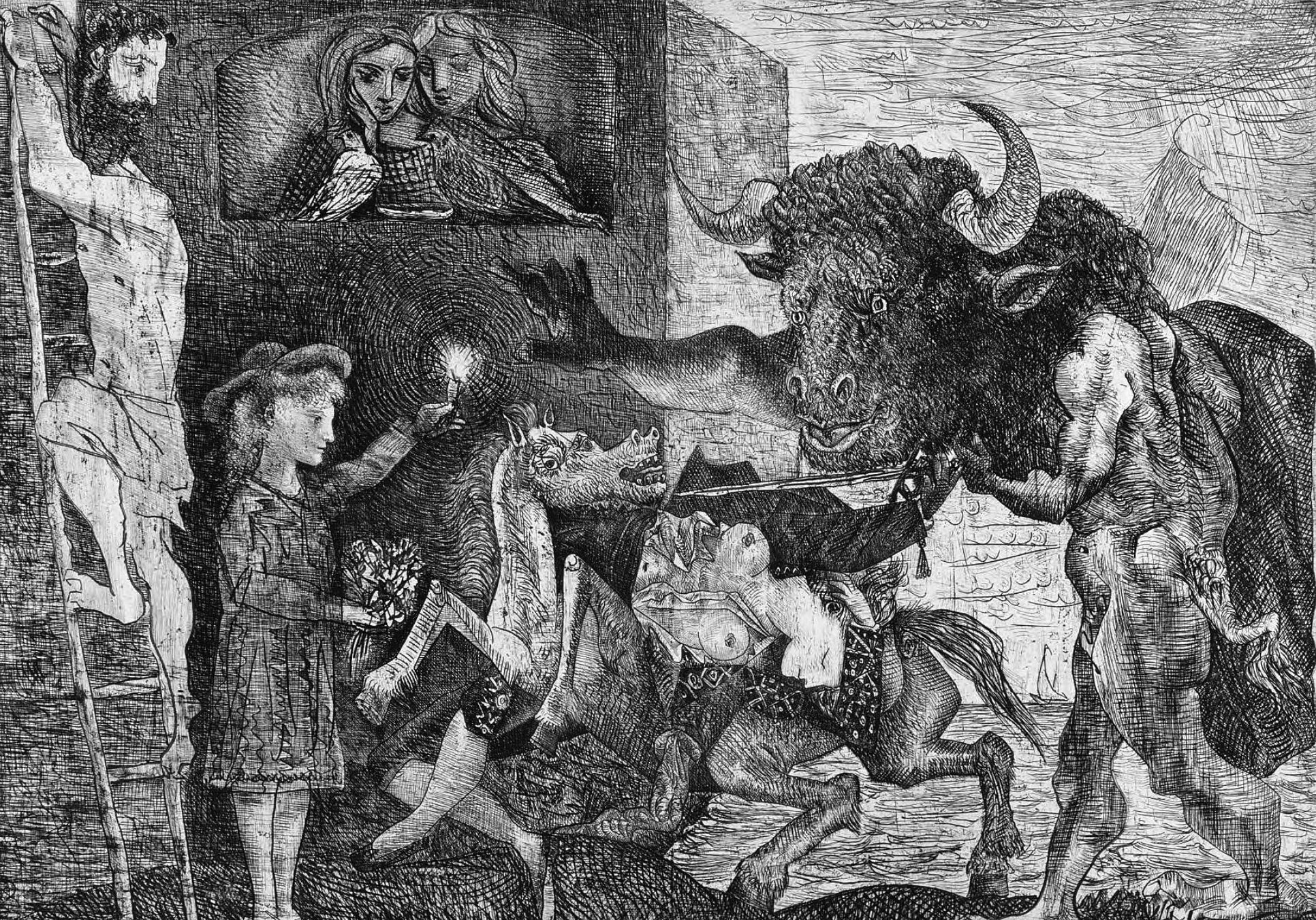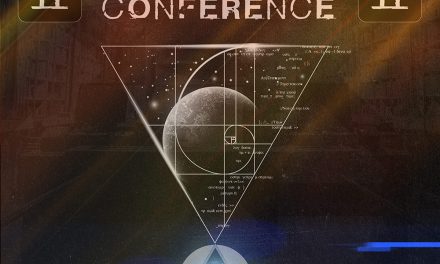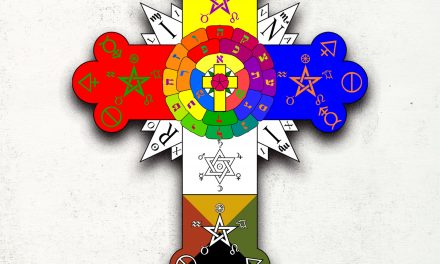Identifying the Self: An exercise in self reflection
Written By Brian Sears
Editors Note: It can be argued that one of the primary goals of Freemasonry and the Western Esoteric Tradition is that of character development. In an effort to achieve multiple means to the end, Tria Prima publishes a variety of engaging content, from books, to blogs, to podcasts. This piece, crafted by Brother and Tria Prima contributor, Brian Sears, is another unique perspective of the character development process, synthesizing a short, inquisitive blog with a practical meditative exercise. It is best read in an environment conducive to meditation and contemplation. Please read and enjoy!”
The Ship of Theseus
According to legend, after slaying the minotaur, the mythical Greek king and founder of Athens, Theseus, sailed to Delos with the children he had saved from King Minos. To commemorate this story, every year the Athenians would sail the ship to Delos to honor Apollo.
This story raised a question in the minds of philosophers. Ships require maintenance – ropes fray, sails tear, wood rots, and as time passes parts need to be replaced. After years of celebrating this tradition and repairing the ship, there must have been a point where all the original pieces were replaced with new ones. Is it still the same ship Theseus sailed all those years ago?
“We are not human beings having a spiritual experience…”
This same question can be applied to us. All the time cells are dying and being born in our bodies. With the exception of brain neurons, our bodies have a completely new set of cells after about 10 to 15 years.
Are we our mind? We know more now as adults than we did when we were children. The thoughts that flit around our head change constantly. If my mind constantly changes, yet my Identity stays the same, then I must not be my mind.
Are we our emotions? Emotions can change on a dime. I’m calm one minute and angry the next, but ‘I’ am still here.
What other things about us change? Do you still live in the same house that you were born in? Do you have the same roles, political ideologies, spiritual beliefs, favorite brand of shampoo?
Minotauromachy by Pablo Picasso
“… but are spiritual beings having a human experience.”
Change is a law of life, and it is necessary. When we grasp onto impermanent things, our life gets turned upside when we find they have changed. When we identify with something, we feel we cannot change it and we wallow in our own self-made prison. If we want to grow and prevent avoidable missteps, we need to grab onto something constant and dependable. We may know all this intellectually, but do we really KNOW? Have we experienced that inner identity? What about us does NOT change?
What Lies Beneath
Roberto Assagioli was an Italian psychologist who lived from 1888 to 1974, was a contemporary with Sigmund Freud and Carl Jung and founded the field of psychology called Psychosynthesis. His Psychosynthesis took a holistic approach to mental health and utilizes methods that were no doubt inspired by his studies of the Perennial Wisdom, most notably, Martinism. One of the foundational meditations of Psychosynthesis is on Disidentification and Self-Identification.
The Self-Identification Exercise
This exercise endeavors to disidentify oneself from impermanent things and discover the permanent thing. When we realize we are not the whims of the impermanent, doors open that we previously thought to be impossible…
Start by sitting in a comfortable position – you can lay down if you like, as long as you know it will not lead to you falling asleep. Next, take a few deep breaths and relax your body. Slowly and intentionally say the following:
“I have a body but I am not my body. My body may find itself in different conditions of health or sickness, it may be rested or tired, but that has nothing to do with my Self, my real ‘I’. I value my body as my precious instrument of experience and of action in the outer world, but it is only an instrument. I treat it well, I seek to keep it in good health, but it is not myself. I have a body, but I am not my body.”
My emotions are diversified, changing, sometimes contradictory.
Close your eyes and briefly think about what you just said, what it means, then repeat a few times the main point: “I have a body, but I am not my body.” Endeavor to really feel and know that this is a truth. Then open your eyes and say the next part:
“I have emotions, but I am not my emotions. My emotions are diversified, changing, sometimes contradictory. They may swing from love to hatred, from calm to anger, from joy to sorrow, and yet my essence – my true nature – does not change. ‘I’ remain. Though a wave of anger may temporarily submerge me, I know that it will pass in time; therefore, I am not this anger. Since I can observe and understand my emotions, and then gradually learn to direct, utilize, and integrate them harmoniously, it is clear that they are not my Self. I have emotions, but I am not my emotions.”
Do the same as you did with your body and close your eyes, think about the meaning, then repeat and endeavor to truly experience, “I have emotions, but I am not my emotions.” Open your eyes and continue:
“I have a mind but I am not my mind. My mind is a valuable tool of discovery and expression, but it is not the essence of my being. Its contents are constantly changing as it embraces new ideas, knowledge, and experience. Often it refuses to obey me! Therefore, it cannot be me, my Self. It is an organ of knowledge in regard to both the outer and inner worlds, but it is not my Self. I have a mind, but I am not my mind.”
Same procedure as before, but with “I have a mind, but I am not my mind.” Note, though, that in this sense, ‘mind’ refers to the ‘monkey mind’, the thoughts that bounce around our heads and the tool we use for basic everyday thinking.
Now comes the identification phase. Slowly and intentionally say:
“After the disidentification of myself, the “I”, from the contents of consciousness, such as sensations, emotions, thoughts, I recognize and affirm, that I am a center of pure self-consciousness. I am a center of will, capable of observing, directing, and using all my psychological processes and my physical body.”
Again, close your eyes, think on the meaning, and repeat “I am a center of pure self-consciousness and of will.” Also, note here that by ‘self-consciousness’, we don’t mean undue awareness of oneself, appearance or actions. It is acknowledgement of one’s individuality.
You can stop here. Stand up and get back into your body. Maybe stand up on your toes then drop down onto your heels a few times, feeling the vibrations go through your body.
Once you have done this exercise a few times, you’ll start to be able to reach the desired sensations faster. If you’re stressed during normal life, you can quickly just run through the basic concepts in your head and get back to the identification with Self and be more prepared to face any situation.
If you feel ready to go deeper, after the identification phase, continue with this:
“What am I then? What remains after having disidentified myself from my body, my sensations, my feelings, my desires, my mind, my actions? It is the essence of myself – a center of pure self-consciousness. It is the permanent factor in the ever varying flow of my personal life. It is that which gives me a sense of being, of permanence, of inner balance. I affirm my identity with this center and realize its permanency and its energy. (pause)
“I recognize and affirm myself as a center of pure self-awareness and of creative, dynamic energy. I realize that from this center of true identity, I can learn to observe, direct, and harmonize all the psychological processes and the physical body. I will to achieve a constant awareness of this fact in the midst of my everyday life, and to use it to help me and give increasing meaning and direction to my life.”
Once you are comfortable with this, you can shorten it, too. Quickly go through the concepts on your lunch break or before a difficult call or after sitting in traffic. You can also tweak it to fit any situation. In the emotion section, if you’re sad, just switch out ‘anger’ with ‘sadness’. You can also say affirmations to disidentify from other things like subpersonalities or roles. For example:
“I have desires, but I am not my desires. Desires are aroused by drives, physical and emotional, and by other influences. They are often changeable and contradictory, with alternatives of attraction and repulsion; therefore they are not my Self. I have desires, but I am not my desires.”
“I engage in various activities and play many roles in life. I must play these roles and I willingly play them as well as possible, be it the role of son or father, wife or husband, teacher or student, artist or executive. But I am more than the son, the father, the artist. These are roles, specific but partial roles, which I, myself, am playing, agree to play, can watch and observe myself playing. Therefore, I am not any of them. I am self-identified, and I am not only the actor, but the director of the acting.”
This last section is probably not something that Assagioli had his clients do, but I think it fits perfectly. It comes from the great modern Gnostic teacher, Richard, Duc de Palatine, and is not directly connected to Psychosynthesis and can be done on its own, separately from the preceding meditation. I don’t know if Assagioli studied Gnosticism at all but it certainly seems related:
“I am not the body which I wear every day. This is not me, it is simply a vesture.”
Pause and feel your body relax. Continue:
“I am the Immortal Soul, the Divine Mirror of my God. Let this mirror reflect the glory of my Father. My humble Temple is waiting for Thy beloved Presence. Come and fill this Temple with Thy Power and Peace. For I am purer than the ether, whiter than the driven snow, more radiant than the noon day sun. Come, O Lord Celestial, and fill this human Temple. Teach me of Thy Will, Thy Love, and Thy Peace, that I may be ever a beacon Light to lighten the darkness of the lower worlds. Teach me of Thy Statutes, that I may obey them.”
See yourself permeated in dazzling, pure white Light. Now, visualize those in need permeated with Light. After a minute or so, go into a state of passive, receptive meditation. Close with:
“I will now take up the vesture of the mind, filling it with Light and Wisdom.”
Pause for a moment with the intention of saturating your mind with Divine Illumination.
“I will now take up the vesture of the emotions, filling it with peace.”
Pause with the intention of filling your being with Peace.
“I will now take up the vesture of the material, filling it with Light.”
See your body filled and surrounded with Light. Finish in any way that works for you.
You may or may not actually tap into the True Self, but you might make some great progress and it’ll provide you with valuable tools for facing Life. When we identify with our True Self, we can sail confidently through any storm, steer to any destination, and even possibly choose which materials with which we repair our ships.
If you enjoyed the Psychosynthesis exercise and you want to learn more about Roberto Assagioli and Psychosynthesis, his book The Act of Will is a great place to start.







